Engaging Auditors and Stakeholders in Legal DMS Implementation
In the world of document management, successful collaboration with external auditors and stakeholders is a critical component of ensuring compliance, security, and efficiency. This multi-step guide outlines the key strategies and best practices to navigate this process effectively. By following these steps, you can establish a solid foundation for cooperation, streamline your document management practices, and enhance your organization’s overall audit readiness.
Written by Knowledge Team, posted on October 14, 2023
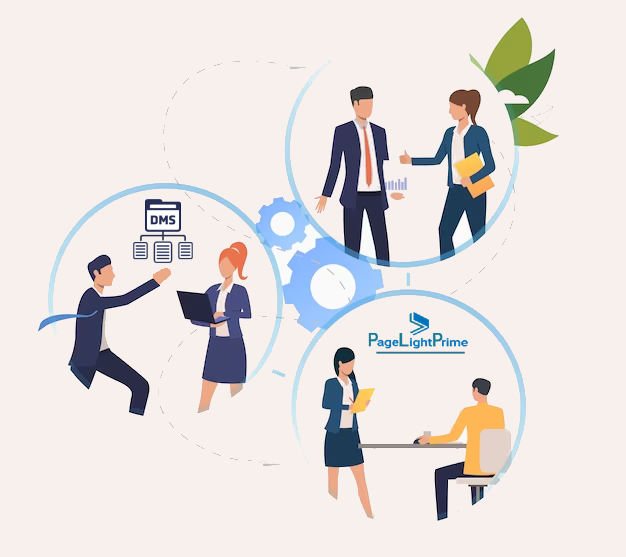
Section 1: Understand the Audit Scope and Objectives
The success of any collaboration with external auditors and stakeholders in the realm of legal document management software begins with a clear understanding of the audit scope and objectives. This initial step lays the foundation for a streamlined and effective audit process. Here’s how you can go about it:
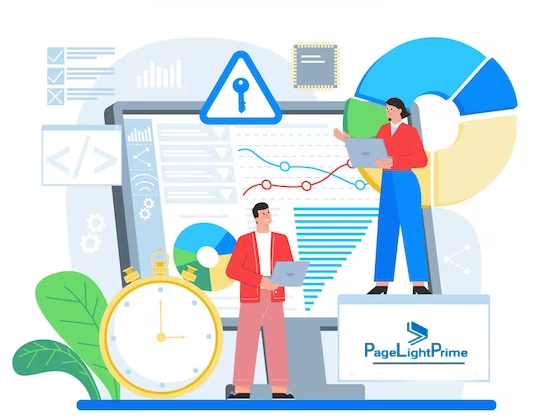
Engage in Preliminary Discussions
Before the audit commences, initiate discussions with the external auditors and stakeholders. This dialogue is essential for grasping the specific details of the audit. Ask questions such as:
- What is the primary objective of this audit.
- What specific documents or processes will be scrutinized.
- Are there any regulatory standards, industry guidelines, or internal policies to adhere to.
Define Audit Criteria and Standards
Seek to comprehend the criteria and standards that auditors will employ during their assessment. For example:
- Are there specific compliance standards that must be met.
- What benchmarks or benchmarks will be used to evaluate document management practices.
- Are there any documentation requirements.
Establish Timelines and Deliverables
Timelines and deliverables are pivotal components of audit planning. Engage in discussions to determine:
- When will the audit take place, and what is its duration.
- What are the key milestones and deadlines for submitting documentation or reports.
- Are there any interim or final reports expected from your end.
Document Agreements in Writing
To solidify the understanding, it’s crucial to document all agreements and expectations in writing. This step helps prevent misunderstandings or conflicts down the line. Create an audit plan or memorandum of understanding (MOU) that outlines:
- The scope and objectives of the audit.
- The specific documents, systems, or processes to be assessed.
- The audit criteria and standards to be followed.
- Timelines, deadlines, and milestones.
- Roles and responsibilities of both your organization and the auditors.
- Any other pertinent details.
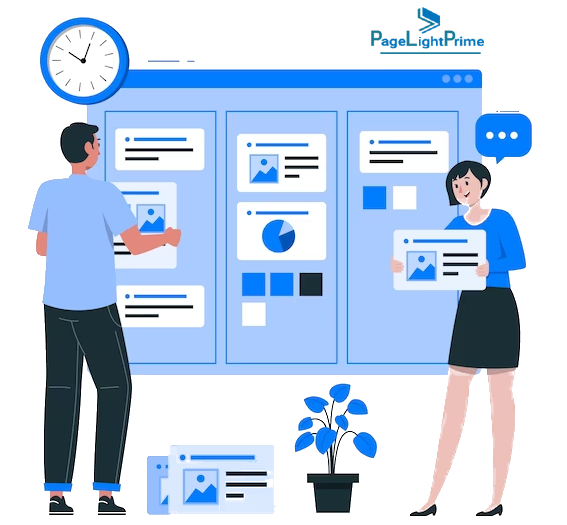
By taking these steps, you lay a strong foundation for collaboration with external auditors and stakeholders. A clear and documented understanding of the audit scope and objectives ensures that your document management processes and systems align seamlessly with the audit requirements, ultimately facilitating a smoother and more productive audit process.
In the subsequent sections of your article, you can delve into further best practices and tips for collaborating effectively with external auditors and stakeholders in the context of document management. Let me know if you’d like assistance with those sections as well.
Section 2: Establish Clear Roles and Responsibilities
Once you have a solid grasp of the audit scope and objectives, the next crucial step is to establish clear roles and responsibilities for all parties involved. This ensures that everyone knows their part in the process, leading to smoother collaboration. Here’s how to go about it:

Identify Key Stakeholders
Begin by identifying the key stakeholders within your organization who will be involved in the audit process. This may include members of your document management team, IT personnel, compliance officers, and other relevant staff.
Designate a Main Point of Contact
Assign a dedicated point of contact within your organization who will serve as the primary liaison between your team and the external auditors. This individual will be responsible for facilitating communication, providing access to documents and systems, and addressing any questions or concerns that may arise during the audit.
Clarify Auditor’s Point of Contact
Similarly, ensure that the external auditors designate a main point of contact from their team. This individual will coordinate with your designated contact to streamline communication and information exchange.
Define Access and Permissions
Clearly outline who will have access to the documents and systems under review. Specify the level of access and permissions granted to auditors, ensuring they have what they need to perform their assessments effectively while safeguarding sensitive information.
Review and Approval Process
Determine how audit findings and recommendations will be reviewed and approved within your organization. This could involve setting up a review committee or designating specific individuals responsible for evaluating the results and deciding on action plans.
Document Roles and Responsibilities
Document these roles and responsibilities in a formal document management audit plan. This plan should be shared with both the auditors and relevant stakeholders, ensuring everyone is on the same page regarding their roles and expectations.
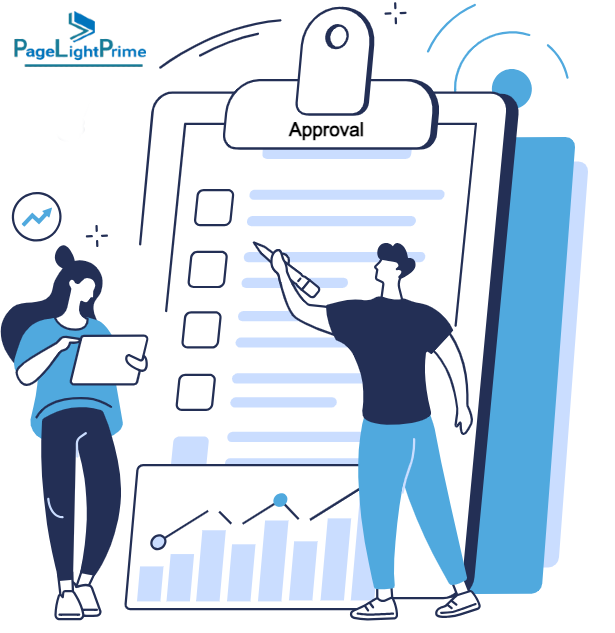

Establish Clear Lines of Communication
Effective communication is key to successful collaboration. Establish clear lines of communication between your point of contact and the auditor’s point of contact. Regular meetings, status updates, and a channel for addressing questions or issues should be outlined.
Ensure Accountability and Transparency
By defining roles and responsibilities, you create a framework for accountability and transparency. Each party understands their duties and can be held responsible for fulfilling them. This transparency fosters trust between your organization and the auditors.
By taking these steps to establish clear roles and responsibilities, you minimize confusion, enhance accountability, and streamline the collaboration between your document management team and external auditors. This clarity of purpose ensures that the audit process progresses efficiently and that all parties are aligned in achieving the audit’s objectives.
In the subsequent sections of your article, you can explore additional best practices and tips for effective collaboration with external auditors and stakeholders in the context of document management. Feel free to let me know if you’d like assistance with those sections as well.
Section 3: Use Secure and Reliable Document Management Tools
In the modern era, document management has been greatly enhanced by the availability of digital tools and technologies. When collaborating with external auditors and stakeholders, choosing the right document management tools can significantly improve the efficiency and security of the process. Here’s how to approach this crucial step:
Centralization and Accessibility
Select document management tools that offer centralized storage and accessibility. This means that all relevant documents, files, and data are stored in one secure location, making it easier for auditors and stakeholders to access what they need when they need it.
Document Organization
Ensure that the chosen tools provide robust document organization capabilities. This includes folder structures, metadata tagging, and search functionality. Well-organized documents simplify the audit process by allowing auditors to quickly locate and review the necessary information.
Security Features
Prioritize tools that offer robust law firm data security features to protect sensitive information. Key security features to look for include:
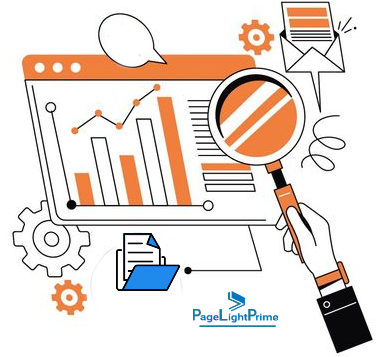
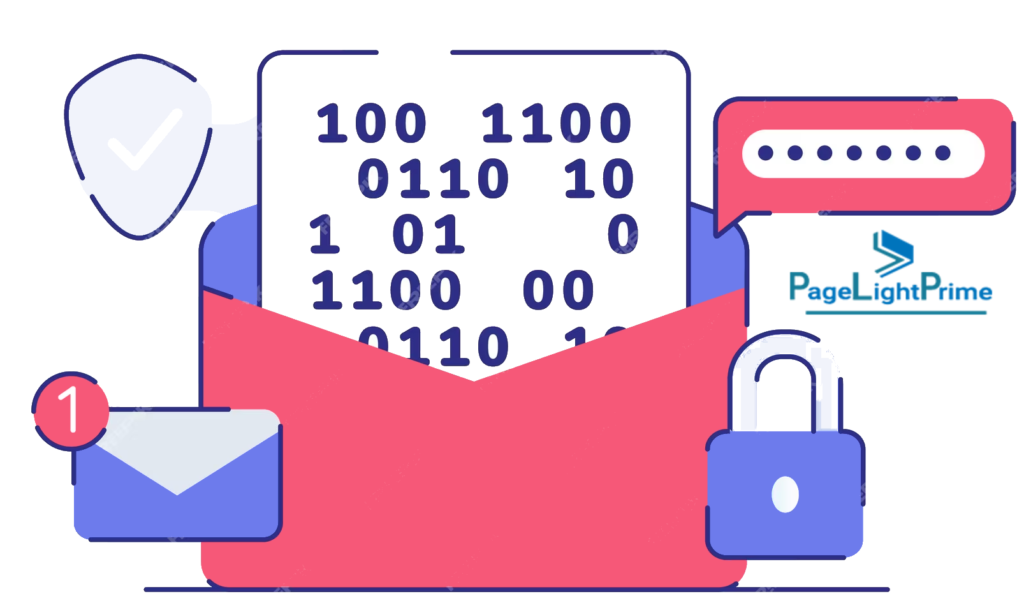
Encryption
Data should be encrypted both in transit and at rest to prevent unauthorized access.
Authentication
Implement strong authentication methods to ensure that only authorized users can access the documents.
Permissions
Granular permission settings allow you to control who can view, edit, or delete documents.
Audit Trails
Document changes and access history through comprehensive audit trails, providing transparency and accountability.
Version Control
Maintain a record of document versions, allowing auditors to track changes over time.
Testing and Validation
Before the audit begins, thoroughly test the selected document management tools to ensure they work as expected and meet the auditors’ requirements. Test functionality such as document retrieval, version control, and security features to address any potential issues proactively.
Auditor Training
If the chosen tools have unique features or require specific training, provide guidance and training to the external auditors to ensure they can navigate and utilize the tools effectively.
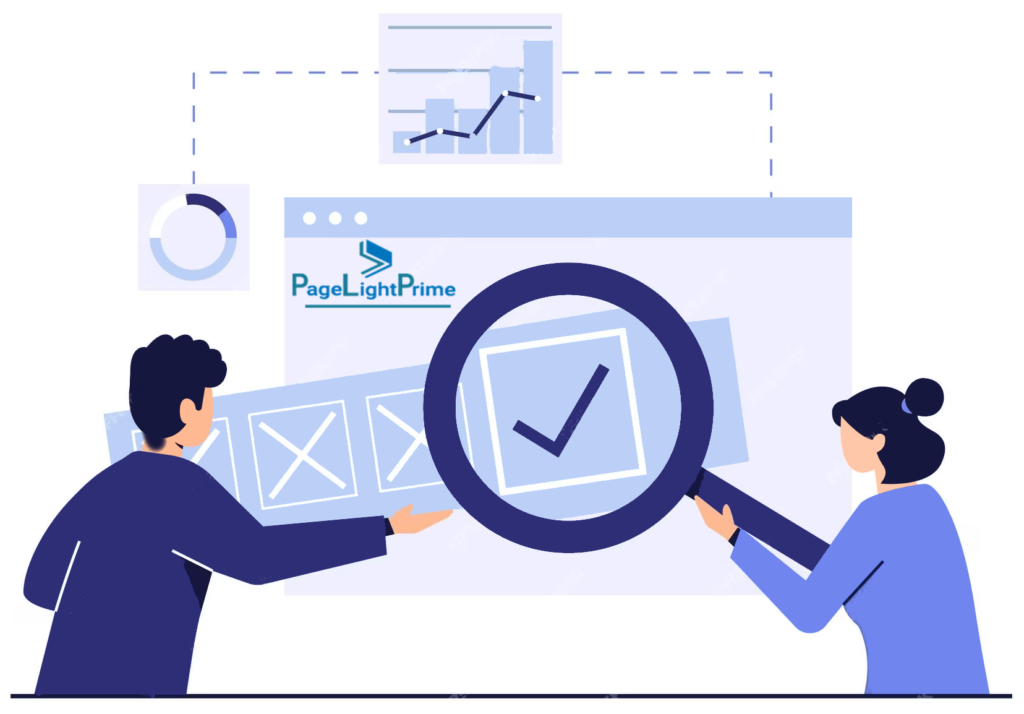

Accessibility and Collaboration
Choose tools that facilitate collaboration between your team, auditors, and stakeholders. Features like real-time collaboration, commenting, and notifications can streamline communication and feedback during the audit process.
Compliance with Regulations
Ensure that the document management tools you select comply with relevant industry regulations and data protection standards. This is especially crucial if you handle sensitive or regulated data.
Backup and Recovery
Implement robust backup and recovery procedures to safeguard against data loss. Regularly back up all documents and ensure you have a disaster recovery plan in place.
By using secure and reliable document management tools that cater to the needs of the audit process, you can enhance the efficiency and security of collaboration with external auditors and stakeholders. These tools not only make document access and sharing more convenient but also ensure that sensitive information is protected throughout the audit journey.
In the subsequent sections of your article, you can explore additional best practices and tips for effective collaboration with external auditors and stakeholders in the context of document management. If you have any specific questions or need further assistance, please feel free to ask.
Section 4: Provide Timely and Accurate Information
Timely and accurate information exchange is the cornerstone of effective collaboration with external auditors and stakeholders in the context of document management. Ensuring that auditors have access to the right data when they need it can significantly expedite the audit process and enhance its accuracy. Here’s how to approach this critical step:
Prompt Response
When auditors or stakeholders request information or clarification, respond promptly and professionally. Timely responses demonstrate your commitment to the audit process and help keep it on track.
Evidence-Based Communication
To support your document management practices and compliance, provide auditors with relevant and reliable evidence. This may include documentation of your document management procedures, records of training sessions, and examples of how you’ve adhered to compliance standards.
Documentation of Communication
Maintain a detailed log or report of all communication and collaboration activities with external auditors and stakeholders. This log should include:
- Date and time of communication.
- Parties involved.
- Nature of the communication (e.g., request for documents, clarification on procedures).
- Outcomes or actions taken.
- Any agreements or decisions reached.
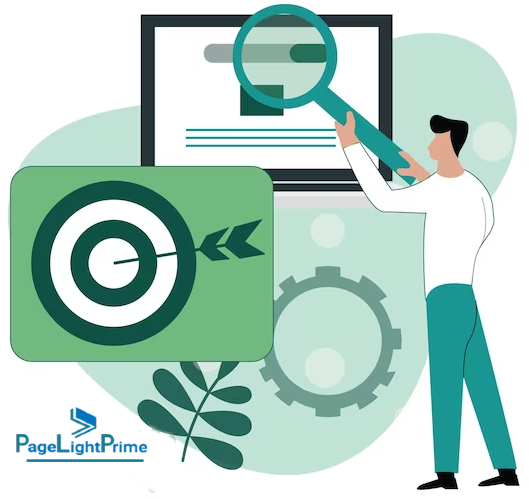
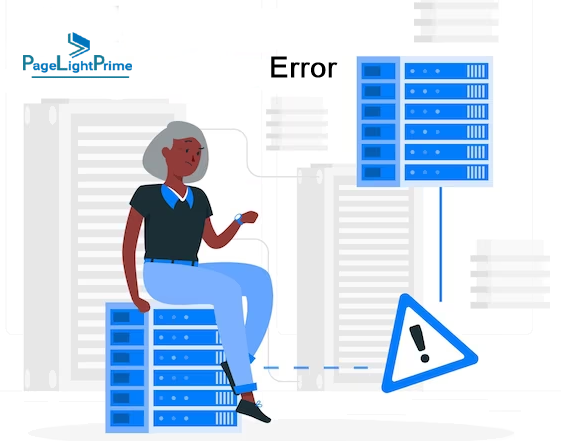
Regular Updates
Keep the communication log or report up to date by recording any new interactions as they occur. Regular updates ensure that both your team and the auditors have a complete and accurate record of the collaboration process.
Cooperation and Accountability
Demonstrate your cooperation and accountability throughout the audit by being open and transparent with auditors. If there are challenges or issues that may impact the audit, communicate them promptly and work collaboratively to find solutions.
Avoid Delays or Errors
Timely and accurate information exchange helps prevent delays or errors in the audit process. Address any potential roadblocks swiftly and ensure that auditors have access to the necessary documents and information.
Maintain Professionalism
Maintain a professional tone and demeanor in all interactions with auditors and stakeholders. This fosters a positive working relationship and enhances the overall audit experience.
Accessibility
Ensure that the information you provide is easily accessible to auditors. If documents are stored digitally, provide clear instructions on how to access them. If hard copies are required, coordinate the timely delivery of physical documents.

By consistently providing timely and accurate information, documenting your communication and collaboration activities, and demonstrating cooperation and accountability, you can facilitate a smooth and productive collaboration with external auditors and stakeholders. This proactive approach not only expedites the audit process but also showcases your commitment to compliance and transparency.
In the subsequent sections of your article, you can explore additional best practices and tips for effective collaboration with external auditors and stakeholders in the context of document management. If you have any specific questions or need further assistance, please feel free to ask.
Section 5: Seek Feedback and Improvement Opportunities
The last step in your collaboration with external auditors and stakeholders involves a commitment to continuous improvement in your document management processes and systems. Seeking feedback, learning from audit findings, and taking action to enhance your practices are vital for ongoing success. Here’s how to effectively undertake this step:
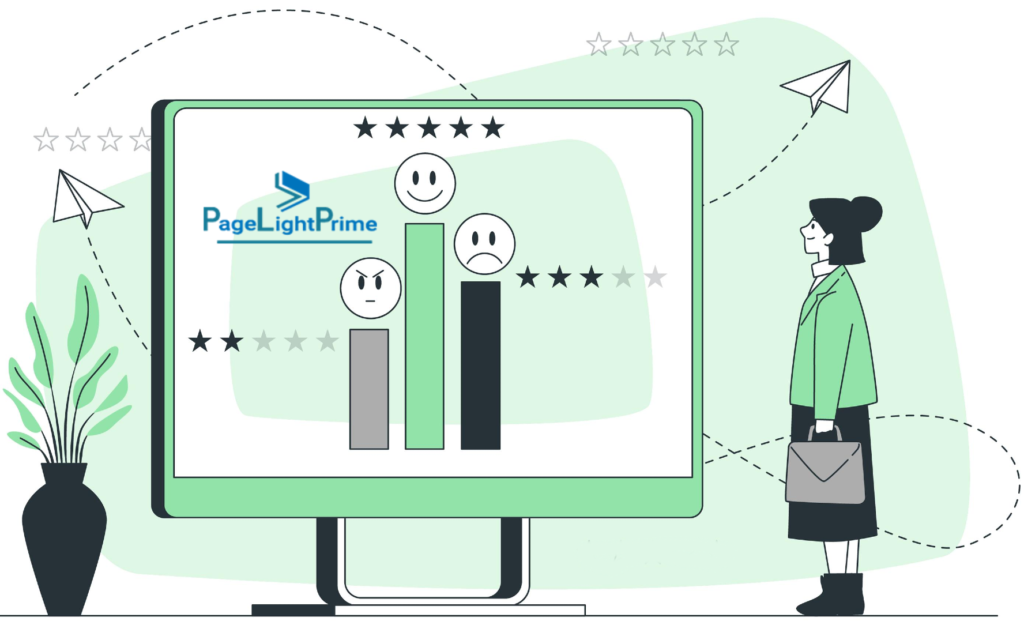
Solicit Feedback
After the audit is completed, engage with external auditors and stakeholders to solicit their opinions and suggestions. Ask them for feedback on the collaboration process, the accessibility of documents, and any challenges they may have encountered. This feedback is invaluable in identifying areas for improvement.
Review Audit Findings
Carefully review the audit findings and recommendations provided by the external auditors. This is an essential step to understand the specific gaps and risks in your document management practices that need attention.
Identify Improvement Opportunities
Based on the feedback received and the audit findings, identify improvement opportunities within your document management processes and systems. Consider areas such as document organization, security, accessibility, and compliance with standards.
Develop an Action Plan
Create a structured action plan that outlines the steps you will take to address the identified issues and improve your document management practices. The action plan should include clear objectives, responsibilities, timelines, and measurable outcomes.
Implement Changes
Put your action plan into action by implementing the necessary changes and improvements to your document management processes and systems. Ensure that all team members are aware of their roles and responsibilities in this process.
Monitor Progress
Regularly monitor the progress of your improvement initiatives. Track key performance indicators (KPIs) to measure the effectiveness of the changes you’ve made. This ongoing monitoring helps you stay on course and make adjustments as needed.


Report Results
Communicate the progress and results of your improvement efforts to both internal stakeholders and external auditors. Transparency in reporting showcases your commitment to addressing issues and continuously enhancing document management practices.
Prepare for Future Audits
Use the knowledge gained from the current audit and improvement process to better prepare for future audits. Implement changes that promote long-term sustainability and compliance with document management standards.
Documentation
Maintain records of your improvement initiatives, changes implemented, and the results achieved. Documentation is crucial for demonstrating compliance and progress in subsequent audits.
By seeking feedback, embracing improvement opportunities, and proactively addressing document management issues, you not only enhance your document management performance and quality but also build a culture of continuous improvement within your organization. This proactive approach ensures that you are well-prepared for future audits and can demonstrate your commitment to excellence in document management.
In conclusion, effective collaboration with external auditors and stakeholders in document management is a multi-step process that requires clear communication, the right tools, and a commitment to continuous improvement. By following these best practices, you can navigate audits with confidence and continuously enhance your document management processes and systems.
Section 6: What Else to Consider
In addition to the core steps outlined in the previous sections, there are several other important considerations and insights to keep in mind when collaborating with external auditors and stakeholders in document management:
Cultural Sensitivity
Recognize that auditors and stakeholders may come from diverse backgrounds and cultures. Be culturally sensitive in your communication and collaboration to foster a positive working relationship.
Data Privacy and GDPR
If your organization operates in regions subject to data protection regulations like GDPR (General Data Protection Regulation), ensure that your document management practices comply with these laws. Auditors may assess your adherence to data privacy standards.
Training and Awareness
Invest in training and awareness programs for your team regarding document management best practices and compliance requirements. A well-informed team is better equipped to support the audit process.
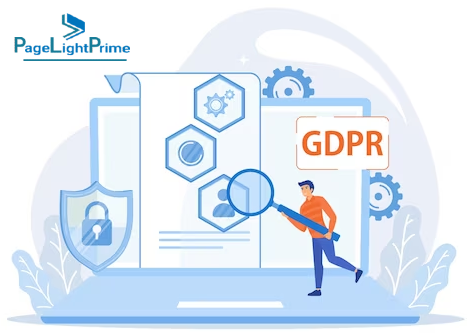

Regular Audits
Consider conducting internal audits or assessments periodically to proactively identify and address document management issues. This can help you maintain a state of readiness for external audits.
Documentation Retention
Establish clear policies and procedures for document retention and disposal. Ensure that you retain documents required for compliance purposes while disposing of unnecessary records responsibly.
Collaboration Tools
Explore collaborative tools beyond document management systems. Video conferencing, project management tools, and secure communication platforms can enhance communication with auditors and stakeholders.
Customized Reporting
Tailor your reporting to meet the specific needs of auditors and stakeholders. Provide them with clear and concise reports that highlight key information relevant to their assessment.
Escalation Procedures
Define escalation procedures for addressing issues or disputes that may arise during the audit process. Having a clear path for resolution can prevent conflicts from derailing the collaboration.
Document Management Trends
Stay informed about evolving document management trends and technologies, such as AI-driven document classification and advanced analytics, which can enhance your capabilities and compliance.
Communication Channels
Determine the most effective communication channels for different types of interactions with auditors and stakeholders. Some discussions may be more suited to email, while others may require face-to-face meetings.
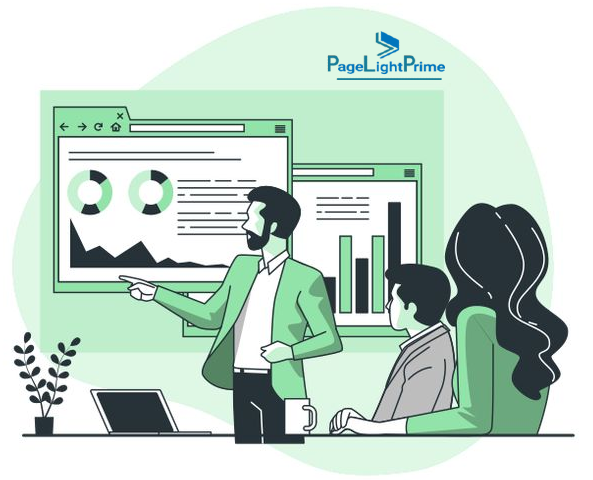

Post-Audit Evaluation
After the audit concludes, conduct a post-audit evaluation within your organization. Identify lessons learned and areas for further improvement in your collaboration processes.
Legal Counsel
In complex audits or situations involving legal aspects, consider involving legal counsel to ensure that your organization’s interests are protected.
Data Backups and Recovery
Continuously monitor and maintain data backups and recovery mechanisms to safeguard against data loss or system failures during audits.
Remember that successful collaboration with external auditors and stakeholders is an ongoing process that evolves over time. Adaptation, learning, and a commitment to excellence are key factors in ensuring that your document management practices not only meet current standards but also prepare your organization for the challenges of the future.
By considering these additional insights and continually refining your approach to collaboration, you can strengthen your document management processes, foster positive relationships with auditors and stakeholders, and position your organization for long-term success.
